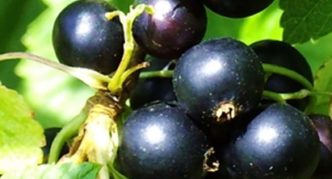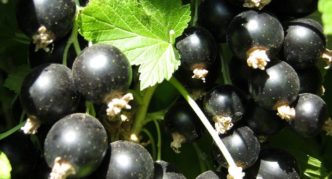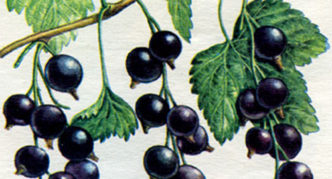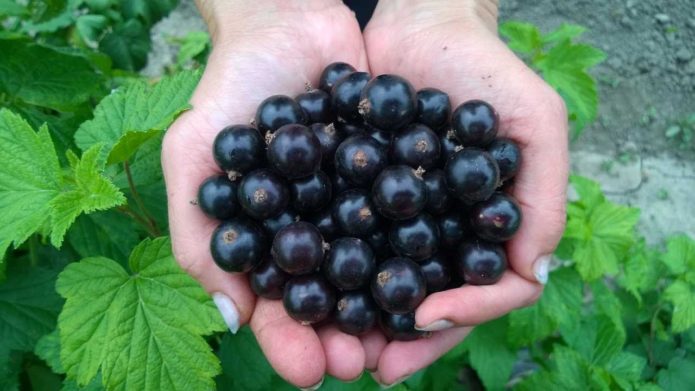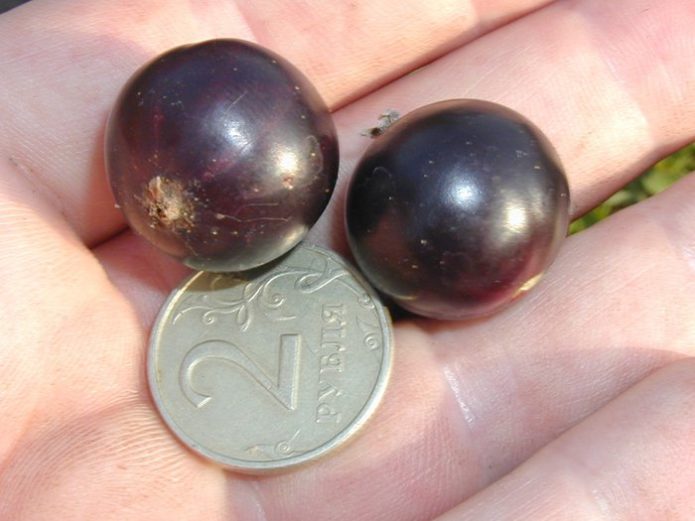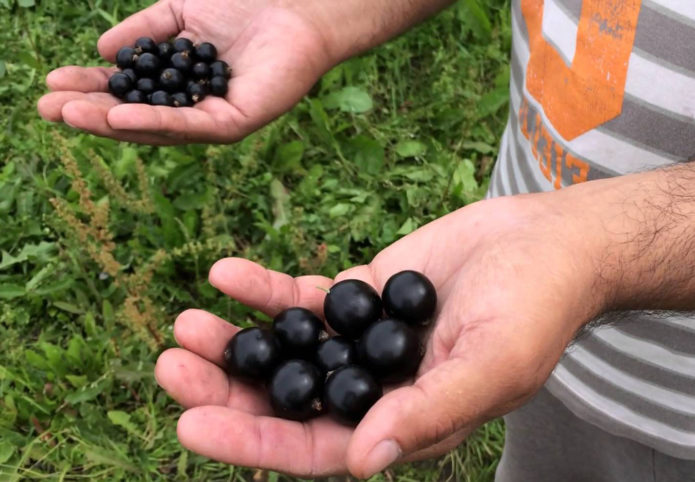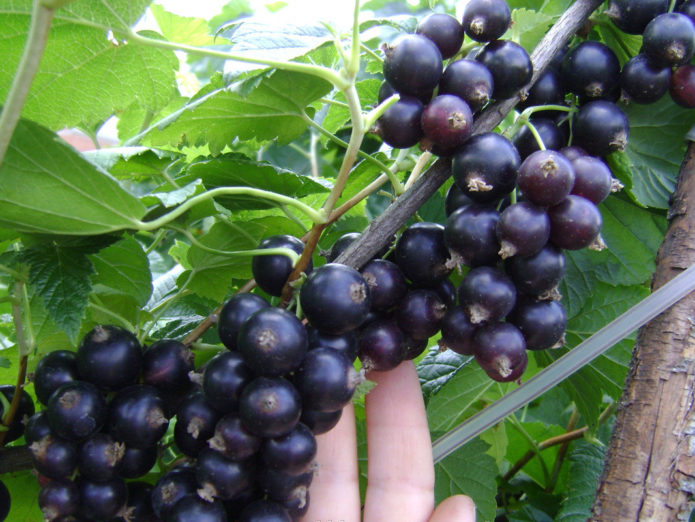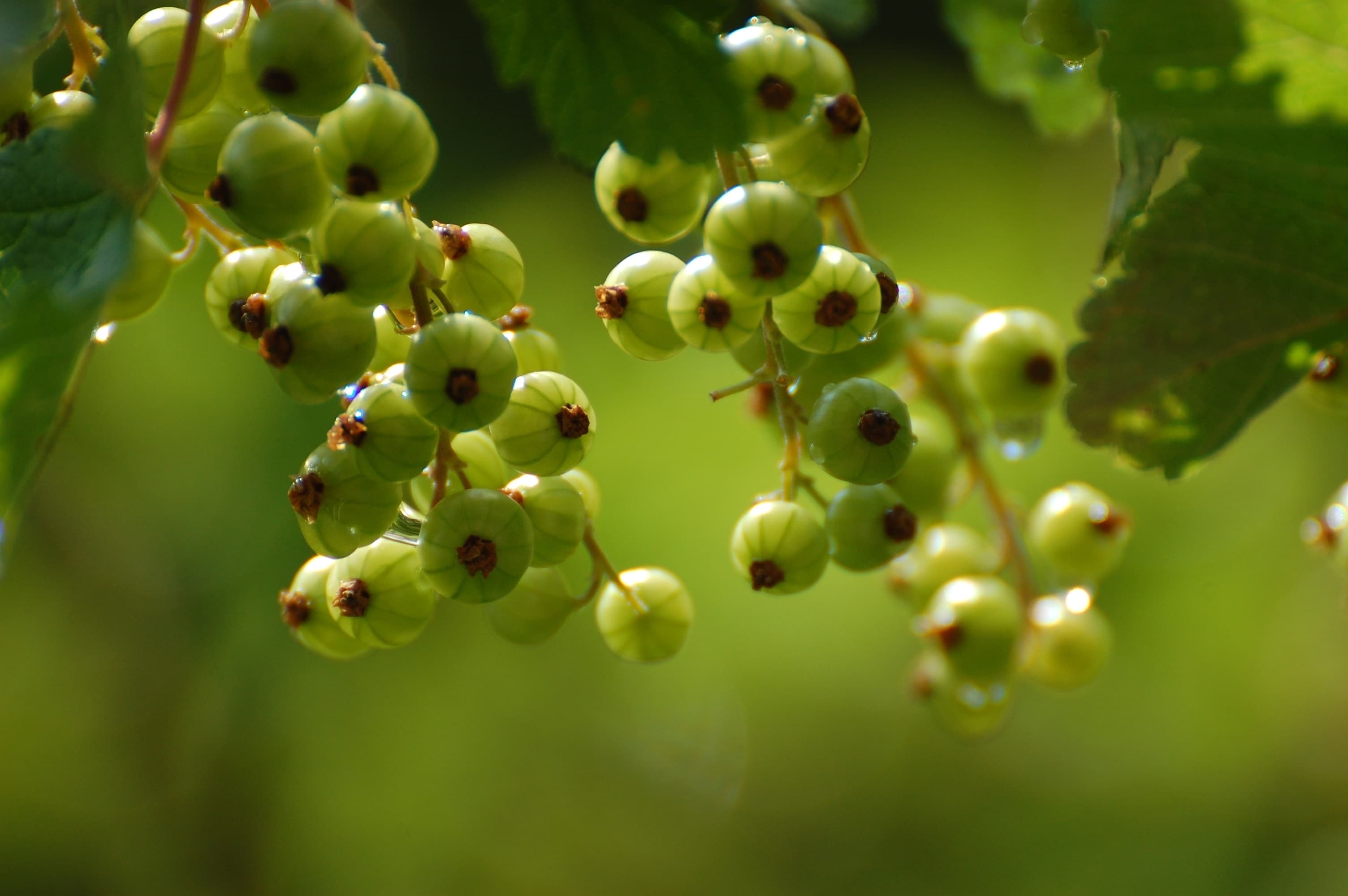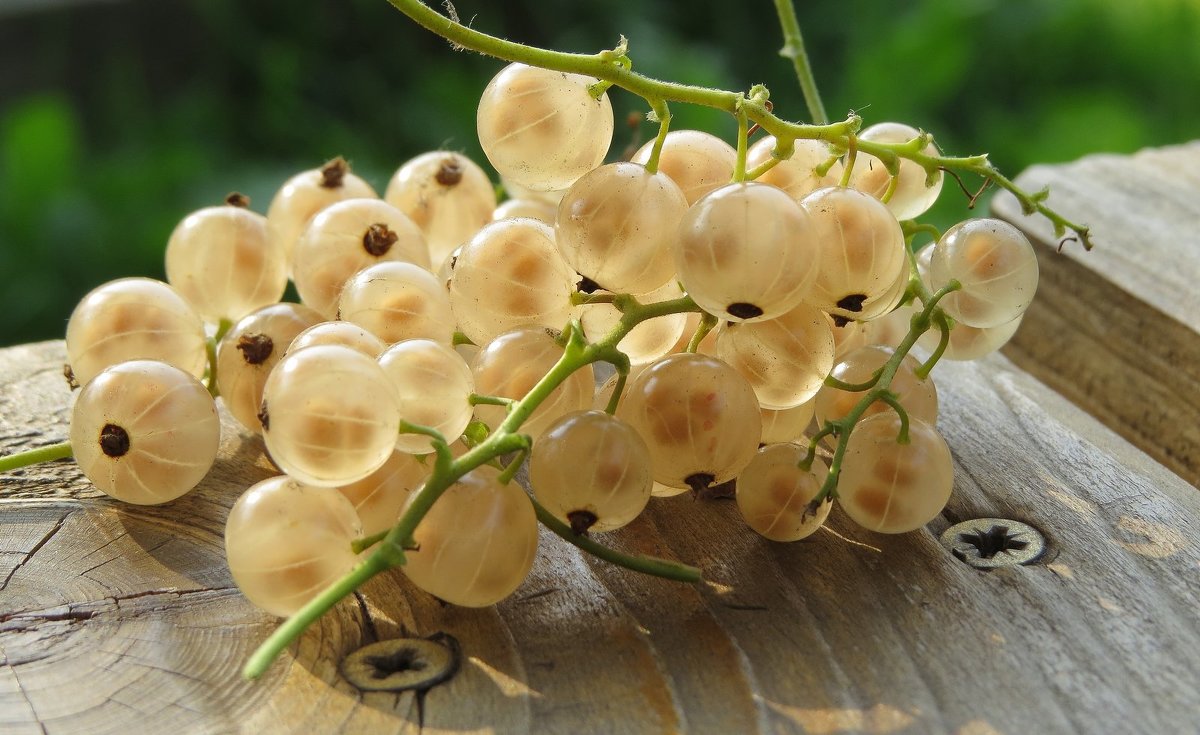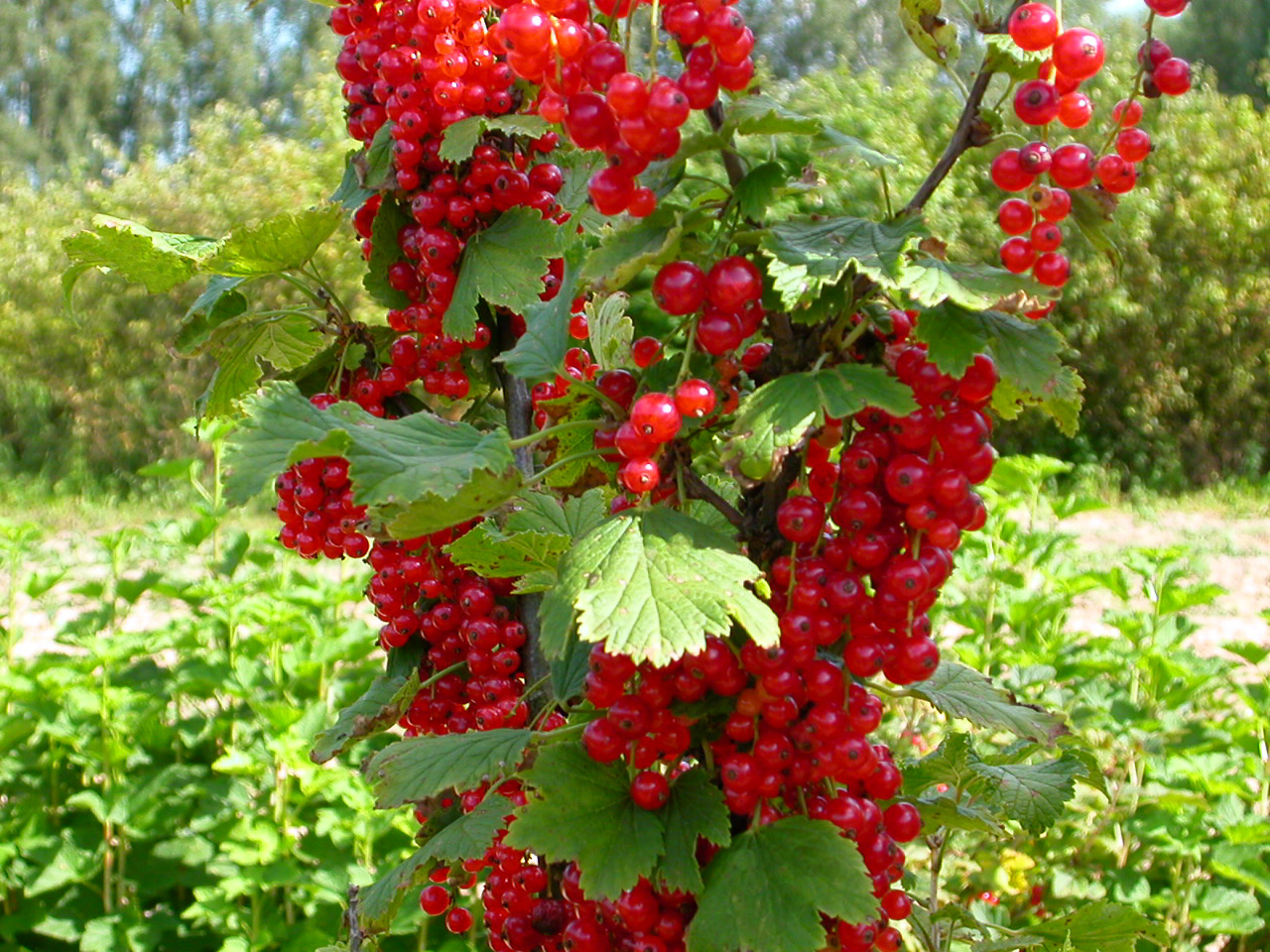Black currant is a widespread crop in our gardening. For lovers of this berry, the modern domestic market presents more than two hundred varieties. Today we will talk about currants of domestic selection with the exotic name of Pygmy.
Content
Where do we get the Pygmy

A famous breeder of berry crops, Doctor of Agricultural Sciences, Professor of the Chelyabinsk Agrarian University Vladimir Sergeevich Ilyin
As you know, pygmies do not live in our latitudes, but thanks to the works of scientists from the South Ural Research Institute of Horticulture and Potato Growing, a Pygmy has appeared in our country. At the end of the twentieth century, a well-known breeder of berry crops, doctor of agricultural sciences, professor of the Chelyabinsk Agrarian University Vladimir Sergeevich Ilyin worked on the development of this variety of black currant.
He is the author of new varieties of such crops as gooseberries, red, white and black currants, and in collaboration with his wife Nina Alekseevna - rose hips, sea buckthorn, honeysuckle. In total, he has more than a hundred new varieties of berry bushes on his account.
Blackcurrant Pygmy was obtained by crossing the parental forms of the Dove Seedling, bred by the Siberian Research Institute of Horticulture, and the Bradthorpe variety, originating from Scandinavia.
In December 1993, the South Ural Research Institute of Horticulture and Potato Growing, working in the Chelyabinsk village of Shershni, filed an application with the State Commission for Testing and Protection of Breeding Achievements for admission of new currants to variety testing.
The verification of the created variety lasted five years, and in 1999 the black currant Pygmy was included in the State Register. The regions where this culture is recommended for cultivation by the "State Variety Commission" are named East Siberian, Volgo-Vyatka, Ural, West Siberian, Far Eastern.
Pygmy family - photo gallery
- Blackcurrant Pygmy - the result of crossing the varieties Dove Seedling and Bradthorpe
- One of the parental forms of Pygmy currant Seedling of a dove
- One of the parental forms of Pygmy currant Bradthorpe
Planting ready-made blackcurrant seedlings is quite simple, but must be done according to all the rules:https://flowers.bigbadmole.com/en/yagody/smorodina/posadka-chernoy-smorodiny.html
How did the domestic Pygmy turn out
Pygmy bushes are of medium height, usually less than 2 meters. The branches are not very spreading.
This currant blooms with large light flowers, collected in a brush of 5-10 pieces. The flowering period is long. Pygmy currants do not need additional pollination.
Pygmy black currant berries ripen in medium terms, but not all at once, but in several stages. In the middle lane, as a rule, the formation of ovaries and the ripening of berries occurs from the end of May and throughout June.
Round Pygmy berries during variety testing showed an average weight of 2 grams, but in the practice of gardening they grow much larger - 4–5 grams each, and some - and 7.5–8 grams.They are covered with a smooth thin skin that is almost completely black in color.
The sweet taste of the Pygmy fruit, accompanied by a rich currant aroma, received 5 points during the variety testing - the highest mark of professional tasters.
Many gardeners are happy to master the agricultural technique of growing garden currants, especially since many excellent species and varieties have been bred for any region:https://flowers.bigbadmole.com/en/yagody/smorodina/uhod-za-smorodinoy-vesnoy-borba-s-vreditelyami.html
This currant yields annually. When testing the Pygmy variety, on average, it gave 10.8 tons of berries per hectare, they showed high resistance of the variety to powdery mildew, low susceptibility to anthracnose, average resistance of the variety to septoria.
The Pygmy currant variety perfectly tolerates winter cold down to -35 ºС. It is resistant to droughts, but in the heat without water the leaves begin to dry, and a significant part of the crop can crumble and crumble.
Pygmy versus similar varieties
In order to appreciate the Pygmy currant, we will compare it with similar in terms of ripening and recommended by the Federal State Budgetary Institution "State Sort Commission" cultivation regions Green Haze and Brown Far East, summarizing the data on them recorded in the State Register.
Comparison of Pygmy-like currant varieties - table
| Indicator | Pygmy | Brown Far Eastern | Green haze |
| Bush height | Average | Average | Average |
| Ripening period | Middle | Middle | Middle |
| Berries in the brush | 5–10 | 4–7 | 5–7 |
| Average berry weight | 2 g | 1.2 g | 1,2–2,5 |
| Simultaneous ripening of berries | Not | Not | Yes |
| Berry flavor | Sweet | Tasty | Delicious, with a nutmeg flavor |
| Tasting assessment | 5 points | No information | 4.7-5 points |
| Average yield | 10.8 t / ha | Up to 3 kg per bush | Up to 3.6 kg per bush |
| Winter hardiness | Winter hardy | Winter hardy | Winter hardy |
| Drought tolerance | Resilient | Unstable | Resilient |
| Disease and pest resistance: | |||
| powdery mildew | Resilient | Unstable | Resilient |
| anthracnose | Resilient | Resilient | Resilient |
| septoria | Relatively stable | No information | No information |
| kidney mite | Relatively stable | Relatively stable | Not stable enough |
| terry | No information | Resilient | No information |
Diseases and pests of black currant, preventive measures and methods of control:https://flowers.bigbadmole.com/en/yagody/smorodina/bolezni-chernoy-smorodiny.html
From the data given in the State Register, it can be concluded that the varieties of black currant Pigmy, Brown Far East and Green Haze are in many ways similar in their characteristics. It is difficult to compare their yields, since they are given in different units of measurement. The main differences between the varieties are in the nature of the ripening of the crop - in Pygmy and Far Eastern brown it is extended in time, in Green Haze all berries ripen at the same time. There is also a noticeable difference in the ability to withstand various negative factors - the Far Eastern brown is not resistant to drought and powdery mildew disease, and the Green haze is not sufficiently resistant to kidney mites.
Everything for the comfort of our Pygmy
In order for the black currant pygmy to grow well on the site, it is necessary to adhere to the general rules for planting and caring for shrubs of this species. It is important to note only a few features of the cultivar's agricultural technology.
Plant currants in autumn Pygmies are needed a few weeks before the onset of freezing temperatures. Usually, this is the beginning of October. When planting seedlings in the fall, the earthen lump around the roots of the plant will be well compacted by spring and the bushes will take root well, and with the onset of spring they will immediately begin to grow intensively.
Pygmy reacts very sharply to the lack of moisture by reducing the growth of shoots, reducing the size of berries and shedding andx. Watering is correlated with the weather and calculated so that the surface roots of the currant always have access to moisture. It is better to water the bushes with sprinkling to prevent erosion of the upper layers of the soil.
From the fifth year of growth of this currant in the feeding area, they differ significantly depending on the soil on which the bush grows:
- on loams and peat soils, fertilizers are applied in the fall in 2 years 1 time:
- for loams, take about 130 g of superphosphate, 30 g of potassium sulfate, 15 kg of humus or manure for each bush;
- for peat soils, for each bush, take 120 g of superphosphate, 20 g of potassium sulfate and once every 4 years use 0.5 kg of lime per square meter;
- on sandy loam and sandy soils, top dressing is carried out in the spring, about 5 kg of organic fertilizers (compost, rotted manure), 40 g of superphosphate and 20 g of potassium sulfate are applied under each bush.
At the same time, liquid feeding of currant Pigmies is carried out in parallel according to the rules common for currants.
Reviews of the variety of currant Pigmy
The variety is really great. For ten years of cultivation, he has not lost interest in him. Seedlings of this variety are very easy to distinguish from other varieties. Of my 80 varieties, only Pygmy has bronze buds in early spring. Before they bloom, the buds seem to be sprinkled with bronze powder.
It is important for us that the seedling takes root immediately after planting. Cut shortly into 3 buds, and 3 branches will grow from them. A direct relationship was revealed between the growth of the aboveground and underground parts. The branch grows, and the root grows. For a boost in growth, it is necessary to do 2-3 organic fertilizing with an interval of 2 weeks. This is a prerequisite for such varieties as: Selechenskaya, Ezotika, Venus, Rusalka, Pigmey, Lazy, Dashkovskaya and others. The varieties created with the participation of the donor Bredthorpe. It turns out that blackcurrants can be really sweet. In the recent past, they tried to feed us with vitamin C for a whole year.
Pygmy is not inferior in size to Yadrenaya (at least in our country in Karelia), and in taste and resistance to diseases and pests a cut above !!!!!
Growing Pygmy currants is no more difficult than other varieties of this berry. The advantages of the variety - sweet taste, resistance to a number of diseases, winter hardiness and drought resistance - made it one of the most beloved and widespread among our gardeners in different regions of the country.
